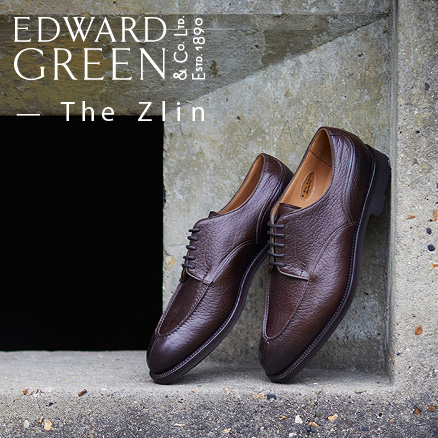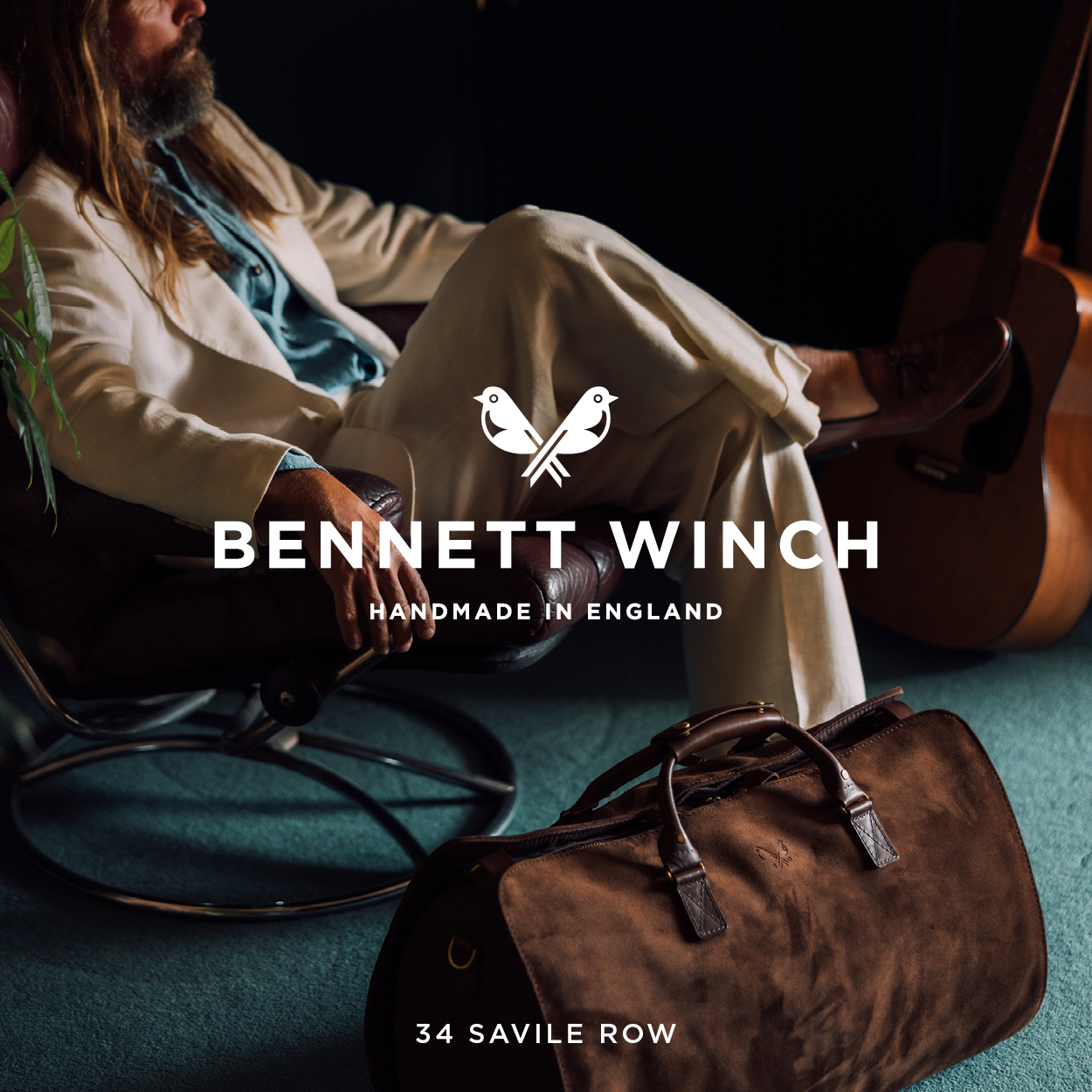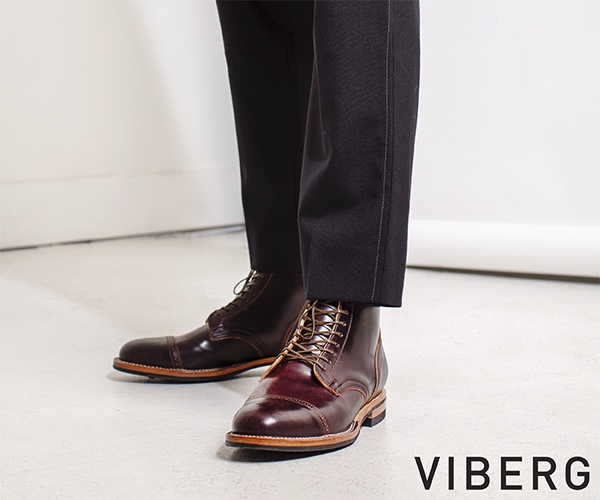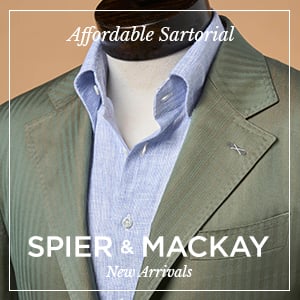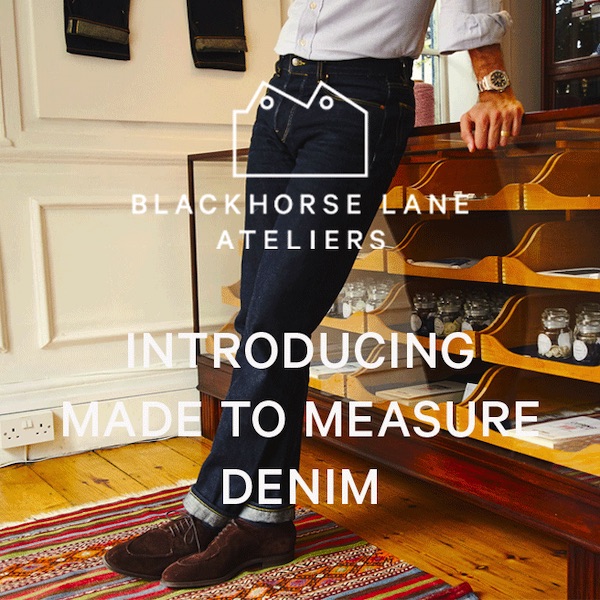An Introduction to Thai Silk
Simon is away on vacation this week, so you might have an entire great week of Manish to sit up for.
By Manish Puri.
On my latest journey to Thailand in celebration of my girlfriend’s birthday, in between attending three menswear dinners, documenting all of my outfits, and getting bitten by a snake, we truly managed to search out time to do a few issues that she needed to do. I do know, it’s give give give with me.
Prime of the record in Bangkok have been visits to 2 separate however complementary vacationer points of interest: the Jim Thompson Home and the Queen Sirikit Museum of Textiles (positioned throughout the grounds of the Grand Palace).
These museums gave me a greater understanding of sericulture (the identify for the cultivation of silkworms and the extraction of silk), a better appreciation of the great thing about Thai silk, and an perception into the story behind its resurgence in recognition within the second half of the twentieth century – to the extent that I picked up a few lengths myself.
Legend has it that silk was first found within the twenty seventh century BC by the Empress Leizu; as she loved some tea below the shade of a mulberry tree, a cocoon fell into her cup and the heat of the liquid brought on silk to spool out of it.
Archaeological proof in Baan Chiang dates silk in Thailand again over 3,000 years. Though how manufacturing started within the nation stays unclear. Was it developed independently or imported? The Maritime Silk Street related China and India through ports in a number of Asian international locations, together with what we now name Thailand, and plenty of historians imagine that is the most certainly genesis.
The video above (commissioned by the Museum of Textiles) provides a superb overview of how Thai silk is made, and some issues turn out to be instantly obvious, chief amongst them the predominance of ladies in manufacturing and the way laborious the method is. And keep in mind, a easy necktie requires round 100-150 cocoons of silk, to create tailoring would want hundreds.
The whole course of continues to be largely hand powered – which is among the issues that provides Thai silk its status for high quality. In fact, as Simon discovered on his OMTC go to, this additionally signifies that it is gradual, costly and arduous to useful resource – requiring years of expertise to get proper.
So, whereas Thailand is a significant international producer of silk (relying in your supply, their output ranks someplace between fourth and seventh), they’re nonetheless dwarfed by China, which makes round three-quarters of the world’s silk.
There are a number of various kinds of silk made in Thailand. One of the vital extensively produced is dupioni (above), whose yarn comes from dupion cocoons, that are shaped when two silkworms spin their cocoons shut collectively leading to a slubbier yarn.
Thai silk normally comes from yellow cocoons, which are inclined to have extra floor texture than the white cocoons utilized in China – the distinction in color is a results of the silkworm’s hemolymph (blood). That additional texture makes Thai silk significantly properly suited to producing dupioni material.
The most costly silk is brocade (above), a kind of weave the place an extra weft yarn is woven into the material for decorative functions.
The result’s a richly ornamental silk that requires appreciable endurance and experience. A grasp weaver usually works alongside a number of assistants, whose sole accountability is to observe and rely the threads of the sample being woven. A sarong size can take a month to finish.
For these causes, brocade is usually reserved for the very best clothes, and is closely featured within the gown of the Royal household.
One of the vital coveted silks is mat mii (also referred to as ikat – above), which is especially woven within the north-eastern area of Isan. Mat mii is a resist dyeing method used earlier than weaving.
Previous to being dyed, the weft yarn is gathered collectively, elements of it are wrapped in banana leaf (which assist the yarn ‘resist’ the dye) and elements are left uncovered (to soak up the dye). You possibly can see this on the free threads of my material (beneath); a mixture of inexperienced and orange create the sample.
This course of could be repeated a number of occasions, utilizing completely different colored dyes and with completely different areas of the yarn lined. The dyed weft is then woven with the warp to supply silk material of strikingly intricate patterns.
I purchased the size I purchased in Bangkok. I’ve thought-about making a tie out of it, however it virtually appears a disgrace to chop the silk and discard elements of it, so it might stay intact as a wall hanging.
Even in any case these centuries, I’m genuinely astonished by the levels of cultivation, extraction, spinning, dyeing and weaving required to make a single size of plain material.
The concept somebody would then say, “we will make this higher”, and proceed to part-dye one of many yarns, with out having the ability to visualise what the tip consequence would appear like, is loopy. After which discover a approach of recording what produced a lovely sample, so it could possibly be replicated.
It’s a outstanding testomony to the endurance, innovation and stubbornness of people within the pursuit of one thing stunning.
And but, as we PS readers know all too properly, craft and sweetness are neither given favour nor granted immunity in opposition to the customarily delicate, typically seismic shifts within the sociopolitical panorama. By the Forties, the very notion of what being Thai meant was altering – the results of a sequence of cultural mandates issued by the federal government of Subject Marshal Plaek Pibulsonggram.
These mandates have been an instrument used to modernise Thai tradition. The edict on clothes instructed that “acceptable gown for Thai individuals consists of […] well mannered international-style apparel”. The image above reveals inappropriate gown on the left and acceptable gown on the fitting.
This shift in nationwide gown, which rejected conventional wrapped clothes, together with the proliferation of business textile manufacturing and artificial fibres, meant that by the late 40s the Thai silk business was in terminal decline.
It took two pivotal figures to resurrect it – an American spy and a Thai monarch (beneath).
James Thompson (above) was born in Delaware in 1906. His maternal grandfather, a Normal within the American Civil Warfare, travelled throughout China constructing a railway, and his father was a rich textile service provider. With hindsight, the lives and experiences of those males appear destined to outline younger Jim.
After a stint as an architect, Jim ended up working for the Workplace of Strategic Providers (the predecessor to the CIA) and for his remaining task in 1945, was set to parachute into northern Thailand to assist the Free Thai motion, when the Japanese give up was introduced on the radio.
The struggle was over, however Thompson elected to remain in Bangkok, the place his love for Thai tradition and craft was kindled.
Within the late Forties, Thompson (above proper) started to promote bolts of silk within the foyer of the Oriental resort – the primary resort in-built Thailand, and one which he part-owned for a short while. In 1951, the Thai Silk Firm was included.
Early within the firm’s historical past, Jim made the acquaintance of Edna Wollman Chase, the editor-in-chief of Vogue journal. Struck by the wealthy colors and the standard of the silk, Edna is alleged to have hailed it as a “magnificent new discovery”, and launched Thompson to distinguished designer buddies.
Across the similar time, Thompson was contacted by Academy Award-winning costume designer Irene Sharaff, who was in preparation for the opening of a brand new Broadway musical, written by Rodgers and Hammerstein and set in outdated Siam (the official identify for Thailand till 1939); the present was The King and I, and the Thai Silk Firm supplied silks for the costumes, and did so once more when the Hollywood model was filmed in 1956.
Options in Vogue and the field workplace success of the musical helped convey worldwide recognition to the Thai Silk Firm, which by 1957 was reporting gross sales of $650,000 per yr. Whereas it made Jim a wealthy man, the vast majority of the fairness was held by Thai traders or distributed to the weavers – a few of whom turned millionaires themselves.
The expansion of the enterprise afforded Thompson the chance to design one final residence in 1958: his personal. That home is now a museum the place guests can study extra about Jim Thompson’s position within the silk business, and see the superbly appointed rooms (beneath). I’d suggest it to any PS readers who go to Bangkok.
Whereas Jim Thompson was constructing his enterprise, King Bhumibol (above centre) had simply commenced his seven decade reign of Thailand and married Sirikit Kitiyakara (above left).
The brand new Queen was a fantastic champion of Thai silk, and would ceaselessly put on clothes made out of it. She even favoured mat mii (ikat) silk, which at the moment was thought-about to be a material for poorer, rural ladies.
In 1960, the Royal couple launched into an historic six-month tour of 15 western nations. The journey cemented Queen Sirikit’s standing as a mode icon with Time journal describing her as “enchantingly elegant”.
The Queen’s meticulously deliberate wardrobe – over 150 items packed into custom-made Louis Vuitton trunks – delighted observers with the best way it combined western and Thai model, and introduced additional recognition to the great thing about Thai silk.
Many of those clothes have been made for her by Parisian couturier Pierre Balmain – the beginning of a vogue partnership that endured for over 20 years.
Right this moment the Queen Sirikit Museum of Textiles homes an exquisite assortment of the assorted daywear, cocktail attire and night robes she wore on that journey.
In 1976, the Queen established the Royal SUPPORT basis with a twin goal of preserving conventional textile arts and crafts, and serving to poorer communities (principally farmers whose earnings could possibly be decimated by pure disasters) develop a supplementary earnings.
Equally, in 1975, the James HW Thompson Basis was based to assist “the conservation and dissemination of Thailand’s wealthy cultural heritage”.
And at the moment, Jim Thompson’s now-eponymous luxurious model is a completely built-in silk manufacturing firm, controlling every facet of the method within the manufacturing of silk furnishings and garments – the latter could be seen on the third season of The White Lotus (above).
As for the person himself, his story got here to a mysterious finish. In 1967, whereas holidaying with buddies within the Cameron Highlands of Malaysia, Thompson went for a stroll and by no means returned.
As some of the well-known westerners in Asia on the time, his disappearance attracted international consideration and sparked one of many largest ever manhunts within the area. Alongside the police, aboriginal tribesmen, clairvoyants, witch docs and a psychic detective all provided to help.
Because the seek for proof dwindled, quite a lot of more and more wild theories proliferated. Tigers, cash troubles (one biographer stories lavish spending on his artwork assortment left Thompson with $50 to his identify), and political abduction of the hitherto presumed former spy have been all blamed – with none credible backing.
In 1974, after a statutory interval of seven years, Thai courts declared Jim Thompson lifeless in absentia. By then, his legacy inextricably woven into the material of Thailand’s textile historical past.
Manish is @the_daily_mirror on Instagram
For a complete remedy of Thai sericulture, I’d extremely suggest this web site which has a sequence of detailed items, together with ones on the place to purchase Thai silk from.
The pictures of Queen Sirikit are copyright of the Queen Sirikit Museum of Textiles.
Subscribe to this submit
–>



















